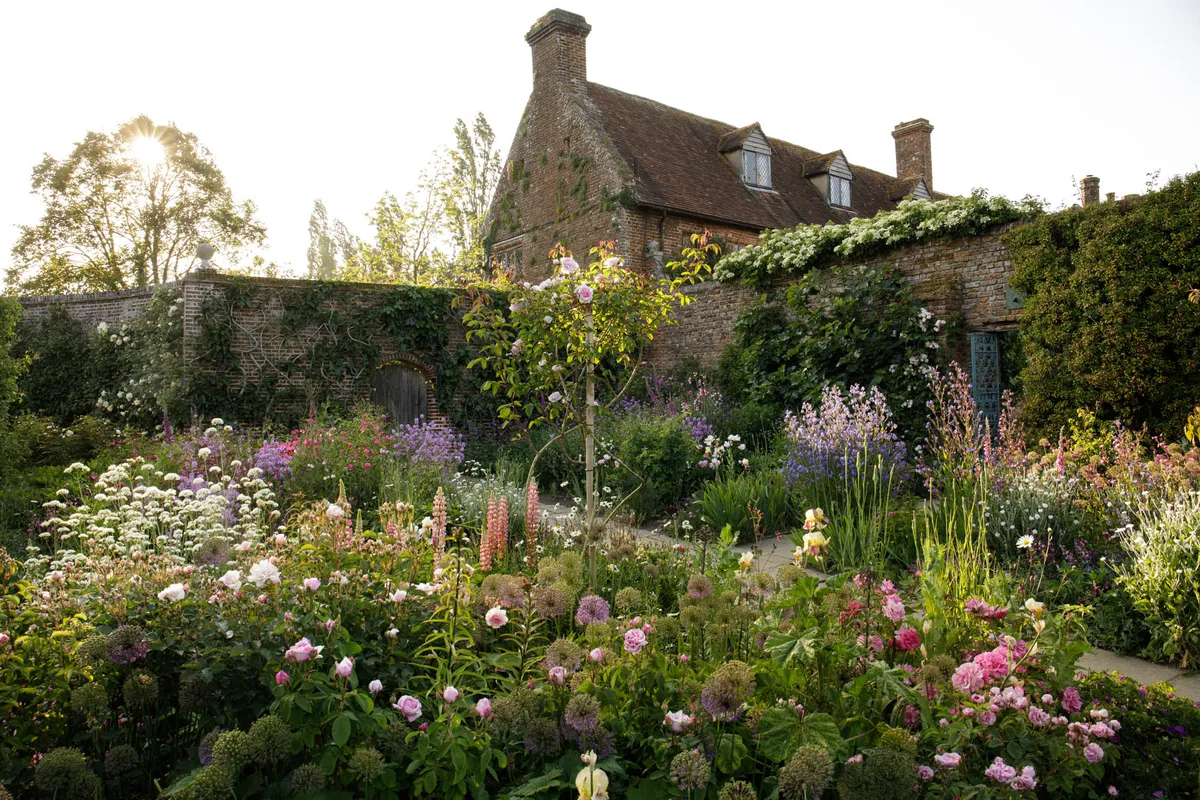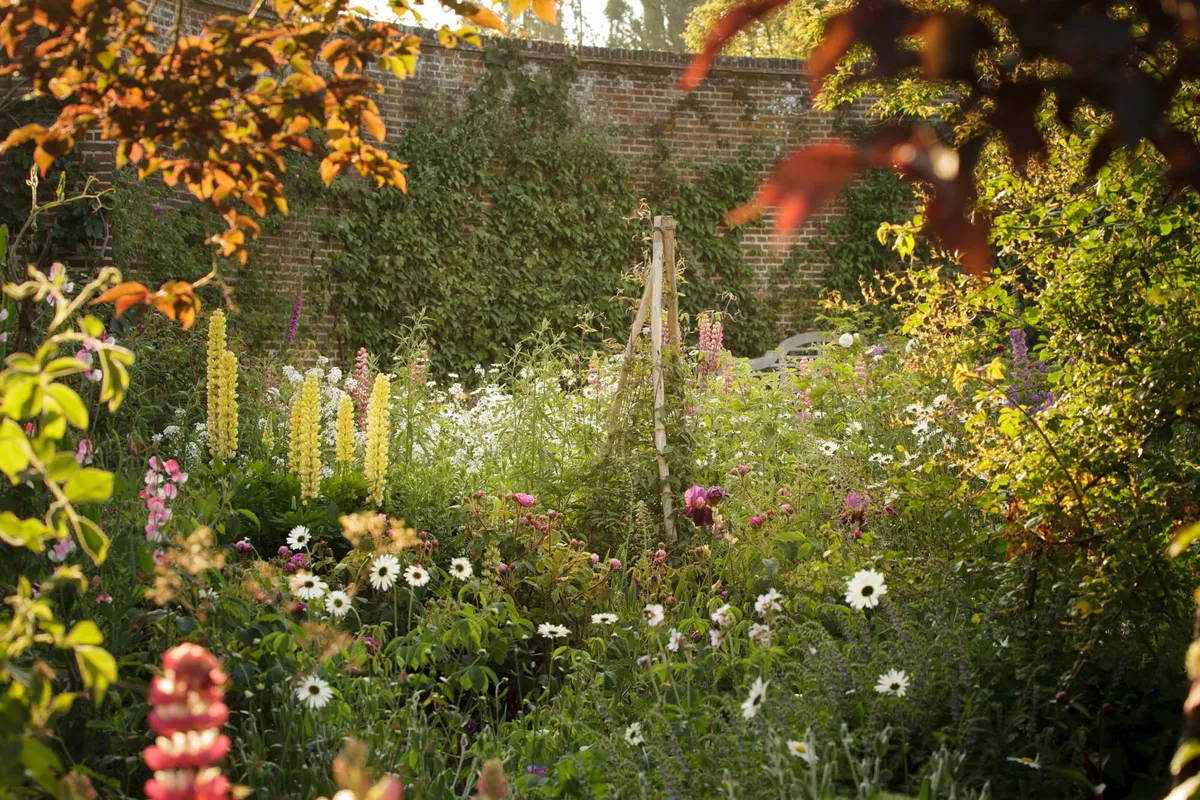My first meeting with Sissinghurst was more than 30 years ago. I worked here for five years, honing my craft as a gardener, and taking the time to cultivate what was to become a lifelong relationship with the garden.
In 2013, I returned as head gardener. Along with the immense privilege of gardening within these six acres, I was also immediately aware of the responsibility and huge challenge that goes with it. Immersing myself in the practicality of the garden, I have slowly developed, with my team, a way of gardening that places beauty and romance first.
You may also like
- Sign up to our Chelsea Flower Show newsletter
- Everything you need to know about designing a Chelsea garden
- Tickets, dates and information for Chelsea Flower Show
Vita Sackville-West and Harold Nicolson’s Sissinghurst had an all-over easiness, an ease that comes from nature and gardener working in harmony. The pulse of the garden beat slowly; it was nourished by patience, and rich in emotion and intimacy. A kind of overblown luxuriance swept around the old brick
of the Elizabethan ruins, permeating the entire garden. Its distinctiveness was expressed as much through the plant selection and placement as in its design and layout, the rise and fall of Vita’s planting providing a natural rhythm in tune with the season and with the land.
Sissinghurst is a highly personal and profoundly private garden. Vita put so much of herself into it that it is only my enduring connection with Sissinghurst that allows me to garden here instinctively, and with a freedom and ease that comes with a deep absorption and close affinity with the place.

Over the next few years, leading up to the garden’s centenary in 2030, we hope to bring about a celebration of everything that is good about the garden: rich, lavish, generous, fragrant, optimistic and romantic to the extreme. We want to capture the sense of a garden drawn from the ruins of its abandoned past. Embedded in its setting and its own history, suffused with a thick atmosphere of ancientness, where, as Vita put it, ‘everything is hushed and drowsy and silent’. It must also be rooted in the working farm that surrounds it; Vita would not have made a garden here if it was not part of a framework of a larger functioning landscape.
Working with my team and colleagues across the National Trust, we have developed a manifesto for the garden as a whole,mand a well-described ideal for each of its rooms. This touchstone seeks to protect the distinctive qualities of Vita and Harold’s Sissinghurst, where flower borders bloom in unorthodox exuberance and roses tumble from the walls in lavish swags, while allowing us to be free to practise the art and craft of responsible flower gardening.

In recent years, the team has embraced a garden that is underpinned by nature and one that sits lightly upon the land. We have encouraged fugitives and ephemerals, such as poppies, ox-eye daisies and red campion, to invade the garden. In addition to them, those plants whose flowers appear to hover, plants with tiny flowers, plants that hold the light and single flowers for pollinating insects all hit the mark. Don’t mistake this for casual gardening; it is considered and deliberate, a cultivation of fine carelessness where the tipping point is always held in balance. We use these wildflowers as a unifying element to step through the various garden rooms, creating both continuity and a counterpoint to the more traditional ornamental flowers.
Cheek by jowl with these humble wildflowers is woven a thread of the exotic – bulbs from the highlands of Persia and Turkey give a dash of concentrated colour, and the opulence of damask and gallica roses fill the air with an intoxicating fragrance.

How we react to the climate crisis also occupies my mind. There is no doubt that our gardens and the plants we can grow will significantly change because of climate. The question is how they will change, and can we build in resilience to our gardens and our plantings. At Sissinghurst our recent reimagining with Dan Pearson of Harold and Vita’s Delos Garden has provided one option of climate-adaptive planting.